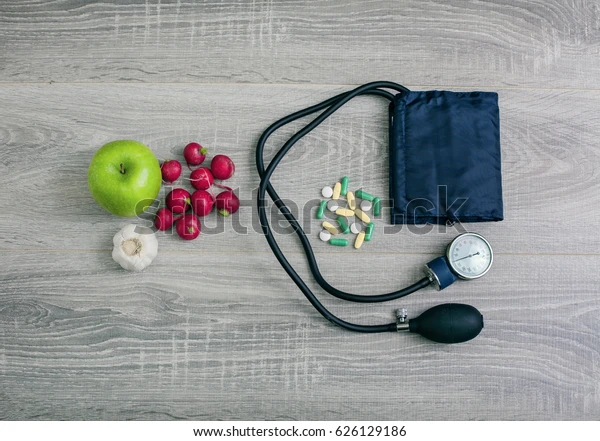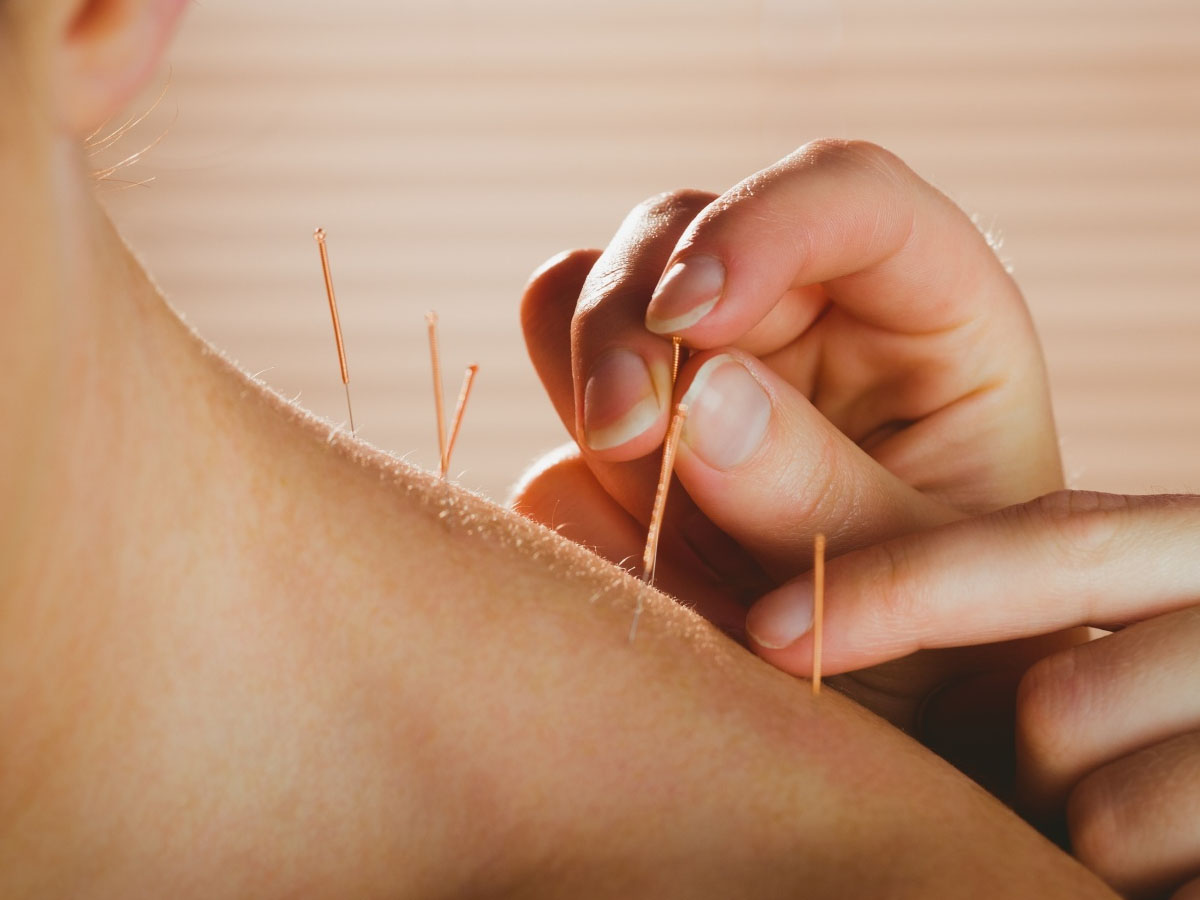The best natural antihypertensives and antihypertensive foods at a glance
Lowering blood pressure naturally – it’s possible. There are many natural blood pressure reducers that can easily be incorporated into everyday life.
Lower blood pressure naturally: six basic tips
High blood pressure is one of the most dangerous risk factors for a stroke, heart attack and many other cardiovascular diseases. If you want to lower your blood pressure naturally, you should primarily follow the six basic tips recommended by heart experts. You can achieve a lot with these natural blood pressure reducers:
1. Make sure you get enough exercise
With the help of sport and everyday movement, you can lower your values by around 5 to 9 mmHg (diastolic by 3-5 mmHg). Be active for 30 minutes at least five times a week. If the initial values are high, the reduction in blood pressure is particularly noticeable. Endurance sports such as cycling , walking or swimming are good .
2. Avoid being overweight
Obesity is a significant high blood pressure risk factor. Studies have shown that an average weight loss of four kilograms can lower systolic blood pressure by an average of 4 mmHg and diastolic blood pressure by 2 mmHg. With every kilogram less on the scale, you can lower your blood pressure by a further 1-2 mmHg.
3. Eat less salt
Around 50 percent of high blood pressure patients are sensitive to salt. Cut down on a level teaspoon of salt per day—about five grams—and you can lower systolic blood pressure by about 6-8 mmHg and diastolic blood pressure by about 3 mmHg, studies have shown. Particularly healthy food (fruit, freshly prepared vegetables) is characterized by a low salt content, while bread has a high salt content. However, it sometimes takes a few weeks for the blood pressure-lowering effect of salt restriction to take effect.
4. Drink little alcohol
Men should not drink more than 20 grams of alcohol per day, women no more than ten grams. Ten to twelve grams of alcohol correspond to a “standard glass”, i.e. 0.25 liters of beer, 0.1 liters of wine, 0.1 liters of sparkling wine or 0 .33 liters of mixed beer drink. People who have previously consumed a lot of alcohol regularly can achieve a blood pressure reduction of 4-7 mmHg systolic and 3-5 mmHg diastolic.
5. Avoid Stress:
Stress at work or in private causes blood pressure values to rise. Make sure you have enough breaks, relaxation and sleep. Stress triggers molecular processes in the body. And these can lead to chronic inflammation in the body, which then damages the vessels and increases blood pressure.
6. Quit smoking
Blood pressure drops just a week after quitting smoking . Two years after quitting smoking, an ex-smoker has almost the same risk of cardiovascular disease as a lifelong non-smoker. Replacing cigarettes with vaporizer systems (e-cigarettes) is not a sensible alternative from a health perspective.
Salt and blood pressure: what does the research say?
“Frequently too little attention is paid to restricting salt intake. You can save salt by avoiding ready-made products, cured products and fish marinades, consuming ham, sausage and cheese sparingly and using spices instead of salt when cooking. Also, avoid adding salt to the food at the table,” advises Prof. Dr. medical Heribert Schunkert, Deputy Chairman of the Board of Directors of the German Heart Foundation eV and Clinic Director of the Clinic for Cardiovascular Diseases at the German Heart Center in Munich. In the meantime, several studies have found that less table salt in the diet can have a beneficial effect on blood pressure – at least in the case of so-called “salt-sensitive” patients. And obviously the heart also benefits in the long term, as a study has now shown that was presented at the European Cardiology Congress 2021. The over 60-year-old participants with poorly adjusted blood pressure values replaced the usual table salt, chemically sodium chloride, in their kitchen with a salt mixture of 75% sodium chloride and 25% potassium chloride. After an average of around five years, it became apparent that the users of the salt mixture (with less sodium – more potassium) had significantly fewer serious heart problems and strokes and fewer deaths. In fruit.
Blood pressure lowering foods: from ginger to beetroot
In addition to the six basic recommendations for lowering blood pressure values, you will find some natural blood pressure-lowering foods in your kitchen. For example, beetroot appears to have an effect on blood pressure – at least a small and short-term one: A small English study involving 14 volunteers showed that drinking half a liter of beetroot juice reduced systolic blood pressure by around 5 mmHg over a 24-hour period can. The effect is probably based on the nitrates contained in beetroot. These are reduced to nitrite by the saliva, which dilates the vessels and lowers blood pressure. Other types of vegetables such as fennel or white cabbage are also rich in nitrates. Even with dark chocolate – preferably from 85 percent cocoa content – slight reductions in blood pressure are possible, presumably due to the high proportion of certain plant compounds, the flavonoids. However, it should not be more than a quarter of a bar of dark chocolate per day due to the high calorie density. You can also use ginger to help – as a spice for cooking or scalded as a tea. Among other things, it has a slightly vasodilating effect, which can have a positive effect on blood pressure. However, the blood pressure-lowering foods mentioned can neither replace blood pressure therapy nor corresponding medication. They are only a possible addition to a healthy diet and do not represent a sole therapeutic measure. You can also use ginger to help – as a spice for cooking or scalded as a tea. Among other things, it has a slightly vasodilating effect, which can have a positive effect on blood pressure. However, the blood pressure-lowering foods mentioned can neither replace blood pressure therapy nor corresponding medication. They are only a possible addition to a healthy diet and do not represent a sole therapeutic measure. You can also use ginger to help – as a spice for cooking or scalded as a tea. Among other things, it has a slightly vasodilating effect, which can have a positive effect on blood pressure. However, the blood pressure-lowering foods mentioned can neither replace blood pressure therapy nor corresponding medication. They are only a possible addition to a healthy diet and do not represent a sole therapeutic measure.








Leave a Reply